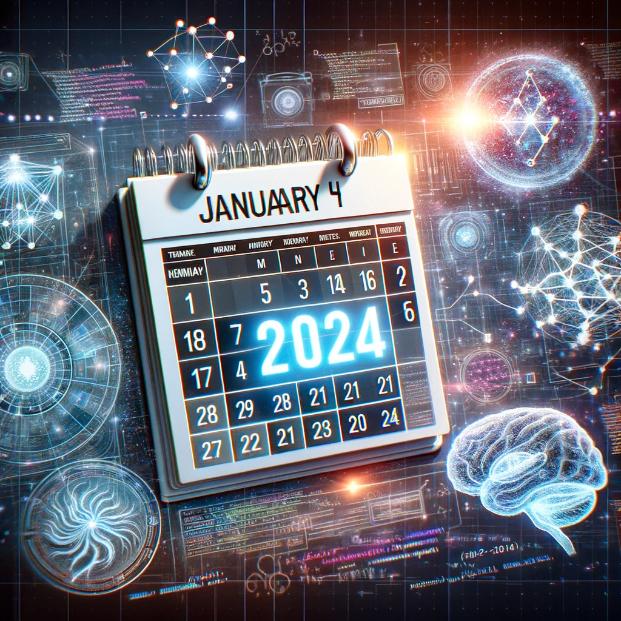Introduction
The rise of artificial intelligence (AI) and virtual reality (VR) has rapidly transformed the way we interact with technology, but it’s also changing the way we interact with each other. As these technologies continue to advance, the line between the virtual and physical worlds is becoming increasingly blurred, creating a new landscape for social interaction. In this article, we will explore the impact of AI and VR on social interaction, and how it is shaping the future of human connection.
The Evolution of Social Interaction
Human beings are social creatures, and throughout history, our interactions have been essential for survival and development. From small tribes to large urban communities, our connections and relationships with others have played a crucial role in our lives. As we entered the digital age, our means of communication and social interaction began to change. Social media platforms and messaging apps provided a new way of connecting with people, but they also introduced a level of separation between us and the physical world. Now, with the emergence of AI and VR, we are once again on the brink of a new era in social interaction.
AI and the Rise of Personalized Interactions
AI has revolutionized the way we interact with technology by providing personalized and human-like interactions. From virtual assistants to chatbots, AI is seamlessly integrated into our daily lives, making it easier to communicate and access information. But what sets AI apart from traditional technologies is its ability to learn from our interactions and adapt. This personalization has also extended to social interactions, where AI can analyze our behavior and preferences to provide a more tailored and engaging experience.
VR and Immersive Social Environments
VR takes social interaction to a whole new level by creating immersive environments where individuals can interact with each other in a virtual space. This technology allows us to experience a sense of presence, where we feel like we are physically in the same room as other people, even though we may be miles apart. Social VR platforms such as Facebook Spaces and Rec Room are already enabling people to socialize, play games, and attend events together in a virtual world. With the development of more advanced VR technologies, the possibilities for social interaction are endless.
The Blurring of Virtual and Physical Worlds
As AI and VR continue to advance, we are seeing a blurring of the lines between the virtual and physical worlds. With the rise of augmented reality (AR), it is becoming increasingly challenging to differentiate between what is real and what is not. This convergence is also reflected in our social interactions, with people increasingly engaging in both virtual and physical worlds simultaneously. For example, we may be having a conversation with someone in the physical world while also interacting with AI or VR technology in the virtual world.
The Impact on Social Dynamics
The integration of AI and VR into our social interactions has also resulted in a shift in social dynamics. With AI providing personalized and customizable interactions, we may prefer to engage with technology rather than people. This could lead to a decrease in face-to-face interactions, which are crucial for building empathy and understanding. Similarly, the immersive environments created by VR may impact the development of social skills, as individuals may become dependent on virtual interactions rather than real-life experiences.
The Future of Social Interaction
The future of social interaction is shaped by the rapid advancements of AI and VR technologies. As these technologies continue to evolve, we can expect to see more personalized and immersive social experiences, where the boundaries between the virtual and physical worlds are almost non-existent. However, it is essential to consider the potential consequences of this transformation on our social dynamics and relationships. As we embrace these technologies, we must also strive to maintain the core aspects of human connection that have been central to our evolution as a species.
Conclusion
In conclusion, AI and VR are profoundly impacting the way we interact with technology and each other. These technologies have the power to enhance our social experiences and bring people closer together, but they also present challenges in maintaining true human connection. As we continue to push the boundaries of what is possible with AI and VR, it is crucial to balance our technological advancements with the preservation of the fundamental elements of social interaction.

